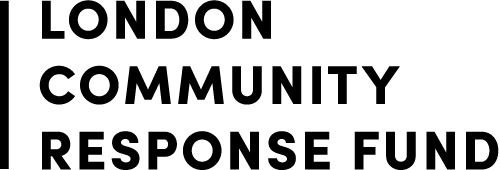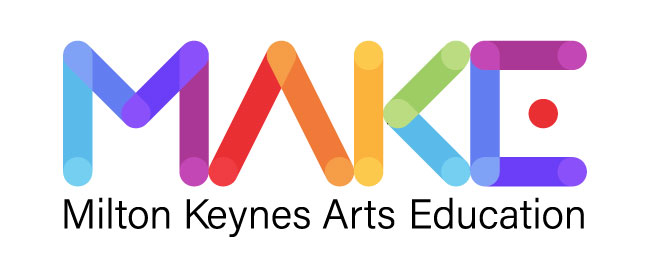Using the performing arts for behaviour management (Part 1)
|
Most teachers agree that the key to behaviour management is preventing the poor behaviour in the first place, rather than knowing what to do after it occurs. For that reason, there will be no advice here on how to punish a child through song, signal your displeasure using dance or give a good ‘telling-off’ in role as a drill sergeant!
Rather, this article aims to give some practical suggestions of how the performing arts can help create an environment where poor behaviour can be avoided in the first place, through keeping the children engaged and motivated throughout your lessons, and turning the tricky parts of the school day into positive experiences. What’s more, you don’t have to be a trained performer to try them.
Movement and music straight after break-time One fairly high-risk time of day is straight after lunch time, or any break in routine in which the children may be moving from another location back into the classroom en-masse. These transitions can lead to the focus diffusing, or the children bringing their quarrels from the playground with them into the classroom, and it can sometimes take a long time to regain their engagement with the work. Try using the performing arts to sweep the children into an activity as soon as they re-enter the classroom, leaving no ‘dead-time’ in which their only task is to sit down and be quiet.
As well as engaging the children immediately, this type of whole-class activity changes the children’s physical and mental state, bringing the group together in a positive, expressive activity, which can wash away any niggling problems that may have occurred immediately before your lesson.
Rhythmic refocus during lessons
As we know, it’s not only on the way into class that attention can wander, and maintaining focus during lessons is a key-factor of behaviour management. Using call and response clapping rhythms is a good way of bringing the class back together, listening and focussing for a new instruction or activity, and here are some tips for executing this as effectively as possible.
Eventually the children will be able to lead these re-focus activities, and they could even build into a simple rhythmic performance-piece, in the style of Stomp! The key is that these activities are not punitive measures, but enjoyable performing arts activities with lots of learning opportunities embedded within them. The children will focus, and behave better if you are relishing leading these call-and response games, and valuing them as opportunities in themselves.
Watch out for part 2 of this blog, looking at reward systems using the performing arts and using drama games to vary the configuration of your lessons.
If you have any questions about what you’ve read, or you’d like more information about the Artis approach, please don’t hesitate to get in touch. Email dingdong@artiseducation.com or download our brochure here. |
23 Mar 2014 |
















